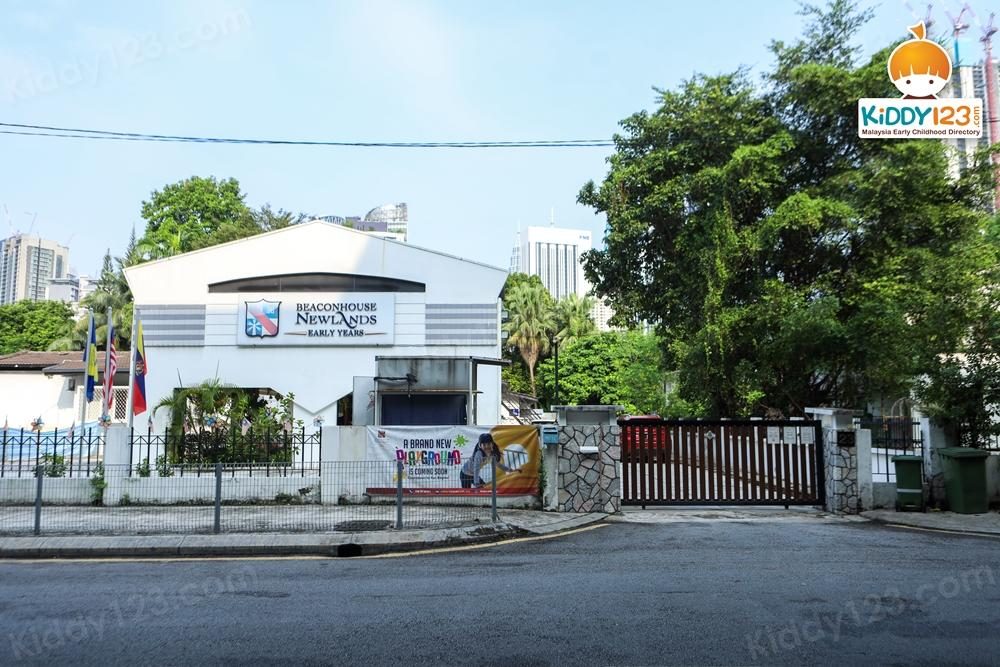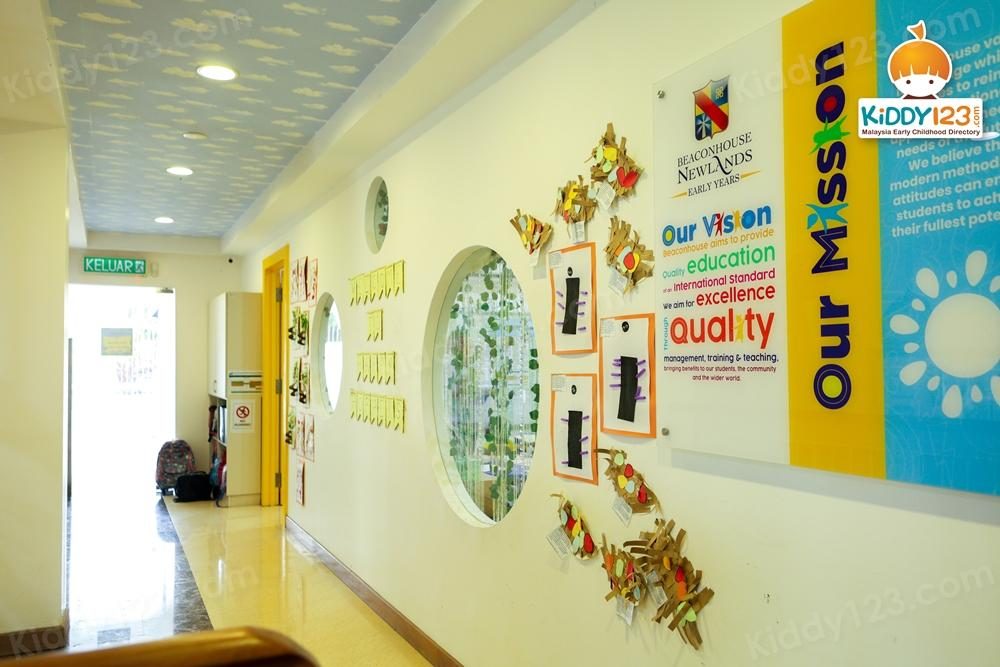
The Steady Rise Of International Schools In Malaysia
by on 02/08/2025 8666

It is an undoubted fact that the demand for international schools all around the world is soaring high these days. Data from the International School Consultancy Group (ISC) has shown that the international school market has been experiencing a stable and healthy growth over the past decade. In 2013, ISC had reported that the international school market had clocked in a total revenue of about USD 35 billion from fees alone! Currently, there are over 7000 international schools around the world that is catering to the needs of approximately 3.5 million students.
There is a rapid growth of international schools here in Malaysia too. This rise has been influenced by many factors. These include the Government’s initiatives and local developments which have also led to the establishment of new educational hubs in the country.
GOVERNMENT’S INITIATIVES
Malaysia’s international school market has been gradually growing since its early existence decades ago. Not only are their education policies susceptible to changes but the schools’ policies too are constantly being upgraded. Back then, international schools were only made available for expatriate children and local students rarely had a chance to study in one. This was partly due to the policies back then where local children were generally not accepted in international schools even though they could afford it. This was followed by the setting up of a quota for local students allowed to study at international schools.
However, this restriction was abolished after 2012, sending scores of parents rushing to enroll their kids in these prestigious schools. Today, international school administrations have no issues about the number of locals applying. They can fully accept local applicants into their institution. In fact, a recent survey conducted among 30 elite schools revealed that 40% of the students were locals, while the remaining were mostly Britons, Americans and South Koreans.
While the lift in restrictions had a positive influence in the rise of international schools in Malaysia, our country has also been included in the top 10 for the largest provider of education. Currently, the target to achieve before Vision 2020, is to have 200,000 students coming to learn in Malaysia. This is not an impossible feat, considering that we have more than 100,000 students so far from almost 100 countries.
A NOBLE VISION
Education is one of the twelve National Key Economics Area (NKEA) of Malaysia’s Economic and Transformation Program which is very much prioritized. Another initiative from the Government to increase the number of international schools in Malaysia is through partnerships with foreign institutions as well as the granting of tax incentives to foreign institutions. Partnerships with foreign institutions include the public private partnership like the approach used by Epsom College and Foreign Branch Campuses like Marlborough College Malaysia. Meanwhile, tax incentives up to 70% are being granted to any schools or organizations that wish to set up an international school in the country. While the Government’s influence and incentives have a very positive impact on the rise of international schools and the reason for the high demand for it in our country, we are also well-aware of the abilities of international schools in developing the minds, talents and capabilities of the younger generations.
EDUCATION HUBS
The future growth of this market seems to be more promising with the impending developments being carried out in Malaysia. One of these developments is the establishment of two new education hubs in the country. These hubs are known as the Education City in Kuala Lumpur, and EduCity in Iskandar which is located at Johor Bahru. These two hubs will function and cater to provide high-quality, internationally-oriented education for everyone from expatriate students to local ones. They will be the main centres for education from kindergarten level up to tertiary education. These hubs are not only designed to attract skillful employees from other countries to work and study here but also to provide more ‘options’ of international schools to the local parents and residents. By giving the local populace more options on education institutions, it will help greatly in reducing the emigration of Malaysians seeking good education standards. We now have an international and newly-improved standard of education, which is what local citizens are looking for.
STRATEGICALLY LOCATED
The rise of international schools in Malaysia is very much correlated with the location of the country. There has been an increase in development activities in Malaysia as we are a strategic site for property development. Malaysia also has many other advantages like a lovely warm climate, modern transportation system and a peaceful environment. Easy access to all parts of the world is also a factor. Malaysia has many locations for international schools although most prestigious international schools are built outside of the city for a more tranquil environment, away from the hustle and bustle of the city. Some though, are located within the city for ease of transportation and to accommodate students who are city-life orientated. When it comes to location, Malaysia has the best of both worlds! This is why many international schools are still scouting in Malaysia for an expansion of their international school brand or even establishment of new ones.
SEEKING THE HIGHEST STANDARD OF EDUCATION
Parents will always aspire to provide their children with the best education experiences. With regards to this, most parents believe that an international school provides a standard of education which is more complex and challenging compared to the standards set by most public schools. International schools have long been known to provide a high-quality standard of education to their students. These standards are of course influenced by factors such as teachers’ qualifications, class sizes, school environment, types of curricula and so on. International schools maintain its quality and standards by hiring only highly-qualified teachers that specialize in a chosen area of study only. This is to guarantee that they can teach their students thoroughly about that particular subject without being bogged down by others. Also, class sizes in international schools are kept small so that each student will receive an ample amount of attention from their teachers. Not only that, international schools use English widely as their main language and as a medium of instruction. Educational accreditation that is recognized makes it easier for students to continue into their tertiary education. In fact, accreditation from a well-known institution (accompanied by good grades and good behaviour, of course) will give them a brighter chance of getting into a good university.
MIDDLE-CLASS BOOM
In Malaysia, more and more local families are earning better incomes as a result of the middle-class boom such as increase in salaries, promotions and job opportunities given to them. Many working families from the lower income group are rising as middle class earners. This makes them more than capable to seek out a better quality of life, which includes better quality education for their children. At the end of the day, it is in a way, all about the money and the growth of international schools in Malaysia is also fueled by the increase in the earning power of local families. So, it’s not only the expatriates or upper class local Malaysians that can afford it, but more and more local parents from the middle class are also able to place their children in international schools.
THE FUTURE OF INTERNATIONAL SCHOOLS IN MALAYSIA
The growth of international schools in Malaysia is not showing any signs of slowing down, certainly not in the foreseeable future. This includes the workforce needed to administer the school and this will in fact generate valuable revenue for the country. In short, international schools will continue to flourish in Malaysia, and will provide parents with impressive options on high quality education for their children. Teaching and learning materials at international schools are of high quality, a necessity to fulfill all learning objectives. This is something that public schools have difficulty in providing. This may be also one of the reasons why more and more parents are turning their attention to international schools. It is also no secret that the curricula provided in an international school is far more interesting compared to the normal public school curricula. There are British, American and Canadian curricula among others in international schools. Though it may be more costly for parents, it is definitely worth every cent because their children will be receiving quality education in a quality environment provided by quality teachers.
References :
This article is taken from SmartKids World Vol. 04






























